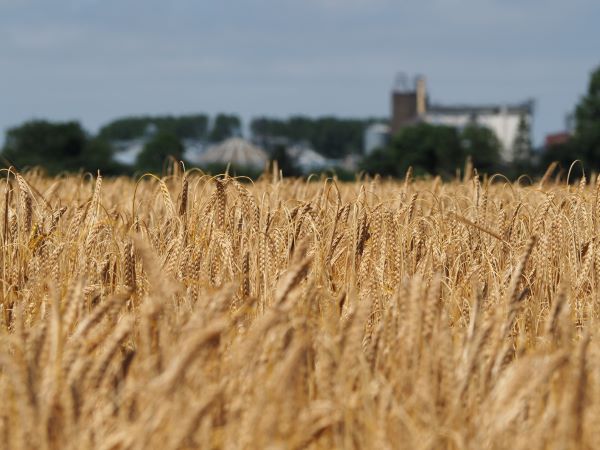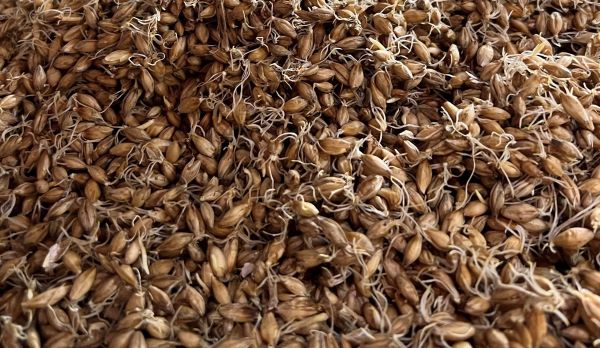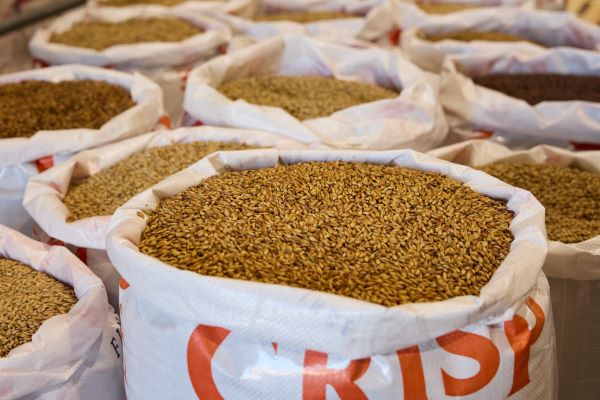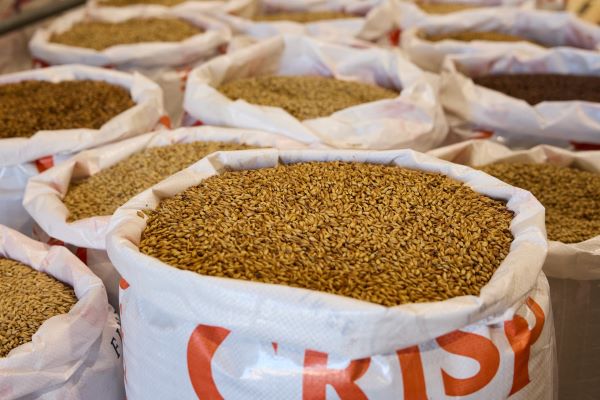Grain to Glass - The Maltster
In this second of our series on Scotch whisky's supply chain, Ron Emler looks at the role of the maltster and talks to Colin Johnston of Crispmalt about the challenges of supplying the key raw ingredient for single malts in the most sustainable way possible …
"The art of creating good malt out of bad barley has not yet been discovered." The words of brewster Robert Free in 1888 hold true today, and yet the whole malting industry is much changed.
The Maltsters Association of Great Britain has gone from 1,800 members when founded in 1827 to just 11 today, buying around 2 million tonnes of UK malting barley a year to make about 1.6m tonnes of malt for brewers and distillers. They account for about 98% of UK malt production.

Apart from Diageo, virtually all distillers rely on contract maltsters like Crisp Malt whose sales & marketing director, Colin Johnston, describes maltsters as the middlemen between the farmers and the Scotch whisky companies.
From that pivotal position he foresees considerable change coming in the way barley is grown and malted, which will clearly impact distillers, and that is down to climate change and the pressure to reduce carbon emissions.
The Scottish government has set the target of 2045 for the country to hit carbon neutrality. Simpsons of Berwick, one of the biggest maltsters, is aiming to achieve this by 2030. Among its many initiatives is assisting all 422 of its contracted malting barley growers to become verified at the gold level to the SAI Platform farm sustainability assessment.
The price of barley soared about sevenfold when Russia invaded Ukraine. It has fallen back towards £200 per tonne but that is leaving many growers on the precipice of non-profitability. "We have to find a way to keep barley farming attractive for them," says Johnston, noting that the loss of EU subsidies has been a heavy blow.
About 60% of the carbon footprint of malt comes from the farm. "The drive now from distillers is for the agricultural sector to try to decarbonize and try to become more efficient in the use of fertilisers - which are fossil fuel-based," says Johnston.
"So, there's lots of initiatives around regenerative agriculture, using cover cropping as alternative green fertilisers, monitoring nitrogen use efficiency, plus using technology to ensure that fertilisers are only being applied where the crop requires it".

Maltsters are advising farmers about smarter rotations and on using no till techniques to avoid the release of nitrogen oxide during ploughing. "But up on the Moray Firth they really struggle because it's like farming on the beach and you really have to plough the fields to be able to access the soil or else it's just sand sitting on top. Without fertilisers, it's very, very difficult to achieve the yields," says Johnston.
Modern fertilisers are more expensive and costly equipment is required such as GPS and mapping of where the fertiliser has gone. Plus, the industry is driving farmers to use less fertiliser. "There's no silver bullet", he says.
The move to greener barley growing may well have distillery bean counters jumping up and down if it impacts the sacrosanct measure of predicted spirit yield (PSY) - the number of litres of pure alcohol achieved from a tonne of malt. "Distillers live or die by that number, and we are judged on it too," says Johnston.
However, the changes afoot could push up the cost of the malt needed to make a 70cl bottle of Scotch whisky from 22p to 25p or 26p, possibly more when changes at the maltings are also taken into the calculations.
Will the new varietals and techniques change the flavour of the eventual spirit? "The malt generates 60% of the flavour if you let it," says Johnstone. Distillers have been "very risk averse," in his view, but he senses a growing willingness to experiment with a greater variety of malts.
Meanwhile, it's true that Scottish farmers do not always produce enough barley for malting. Grain is imported from England and the Continent as well as Canada, which clearly adds to the carbon footprint, and this is increased further if malting takes place in England. Some malting for grain distilleries even occurs in Scandinavia.
Maltsters want to see more facilities in Scotland but, for Johnston there must be a balance in terms of (barley) supply and demand. "If you build in Scotland, it could disrupt the whole supply and demand of the entire sector."

Many maltings are of longstanding and would be difficult to retrofit to consume less energy. Crisp is proud that its Alloa maltings are within 50 miles of most of its supplying farmers and distilling customers.
But to further reduce its carbon footprint it has submitted plans to develop a bigger facility on the grounds of its current site at Portgordon on the Moray Coast to quadruple its annual production to 162,000 tonnes. "Building such a site is a big risk because it's a huge amount of capital. They want us to get as close to net zero as possible, so the technology involved is expensive and no one technology is going to get us all the way," says Johnston.
A lot of energy is required in the malting process to dry barley, to drive the air through the germination process and then ultimately to halt it. Currently, the best solution is natural gas, much of it imported from America. "So, it's challenging to find alternatives to that," Johnston says.
Diageo has introduced biodiesel at its maltings on Islay and Burghead on the Moray Firth, cutting carbon emissions by 90% compared to using fossil fuels, apparently. At Burghead and its two Speyside maltings at Roseisle and Glen Ord, the surplus hot water from its neighbouring distilleries is used to reduce the energy needed to kiln the malt.
Johnson sums up the need to innovate: "For the industry to survive and produce something that ultimately is a luxury, we have got to do it in the most sustainable way possible. That means trying new things."

Ron Emler is a financial journalist who has observed the drinks industry for 50 years. Following a career on The Times and the Sunday Telegraph, he is consultant City Editor at The Drinks Business.




